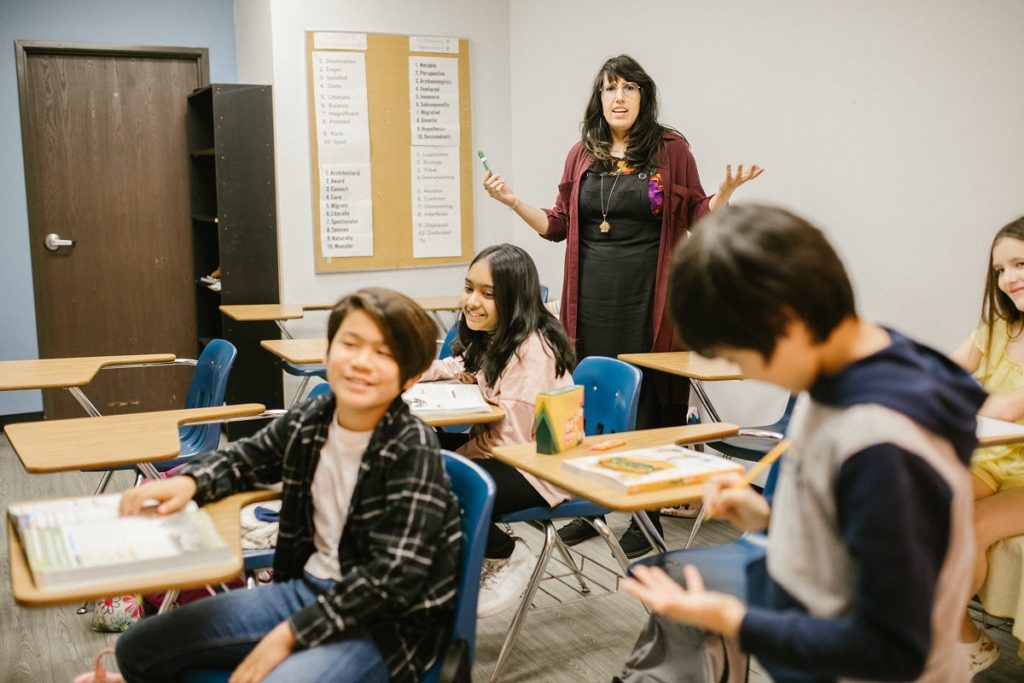Children can learn a lot about the importance of environmental awareness at school through their teachers. Especially for younger students, their days in school play one of the most critical roles in internalizing new concepts and developing their character. A school is an excellent place for learning about their surroundings and how their actions can affect the environment as a whole, including living things and non-living things.
In our world today, there is an increase in the environmental issues that our planet is experiencing. Some of these challenges are climate change, pollution, deforestation, floods, global warming, and many more. The key to preserving our planet is to be aware of and understand these problems while practicing lifestyle changes to better our world. As early as pre-school, children should already be environmentally conscious for them to develop a solid ecological perspective as they grow up into adults. Here are different ways teachers can promote environmental awareness at school.
Implementing the 3 R’s: Reduce, Reuse, and Recycle
The most basic yet significant thing children can do is reduce waste, reuse resources, and recycle materials they can find in everyday life. Young students can start practicing to reduce waste in school to bring the practice to their homes. It is best to remind the students to pick up their trash, even pieces of wrappers that are not theirs, during recess or lunchtime. Better yet, advise them to bring lunch boxes instead of wrapped snacks or food from the store.
Furthermore, encourage the practice of reusing resources and recycling materials through different arts & crafts activities at school. Always promote reusing materials or passing those materials to others instead of throwing them away. Also, make them collect materials that they can find at school or home and guide them to learn different ways to turn trash into something useful for everyday life. Make it a habit for them to live sustainably at school until they can manage at home by themselves.
Organizing environmental awareness activities
Children always learn the most when they’re having fun. That is why holding different fun and educational events and activities can play a huge role in a child’s awareness. Organize trips or outdoor scavenger hunts where they can learn more about the different plants or living organisms they can find outside. These types of activities can help them experience the world around them, which can help them pay more attention to the environment.
Besides that, arts & crafts activities can be a fun way to learn as well. For example, making an environment-themed collage or weather map can allow them to learn about the different concepts, terms, and challenges that are happening to our planet today. You can teach other subject matters such as natural resources, soil erosion control measures, photosynthesis, wildlife preservation, energy preservation, and so much more through different enjoyable activities for children.
Leading by example
Most people, especially children, remember actions more compared to words. As a teacher, your students can look up to you in a lot of different ways. That is why the best way to teach a child how to be aware of the environment and their surroundings is to lead them by example. For instance, when you see pieces of trash in the classroom or the playground, pick it up and dispose of it properly, even if it is not yours. You will never know how many students will see you and do the same thing. In their eyes, whatever an adult does is the right thing to do.
Schools can also include these practices in the lessons that they teach the children. A global initiative by the Foundation for Environmental Education called the Eco-schools children for children campaign has allowed the integration of environmental awareness in school curricula. This integration enables students to effectively learn about the environment and prevail over today’s environmental issues as they mature into adults.
Environmental education has many benefits, and these range from developing discipline and responsibility to having adequate ecological knowledge about the world. Overall, the experiences and knowledge that younger students acquire at school can benefit the entire community. These children practice the teachings and encourage their family and friends to do the same.
Always emphasize how they should also do these practices at home and in public places. Through these simple ways, children can learn how to engage in issues concerning the real world in their own little ways. As they grow up, they can easily find more ways to deal with the environmental challenges that the world is experiencing right now and will be experiencing in the future as well.



















